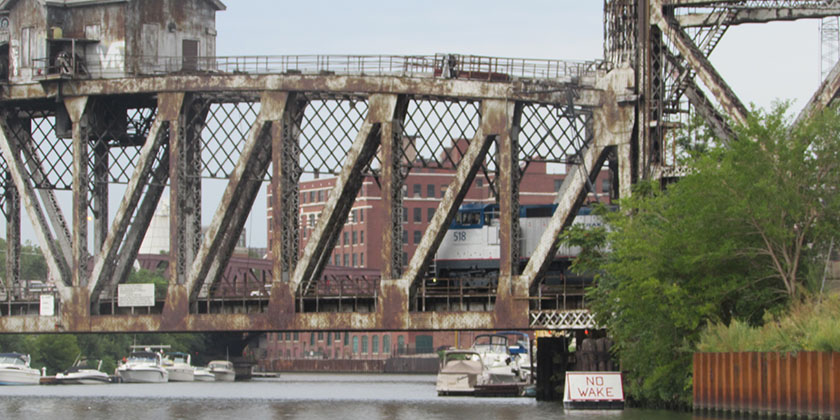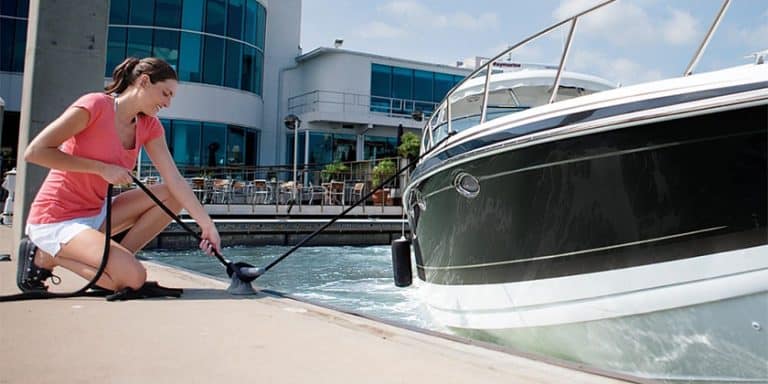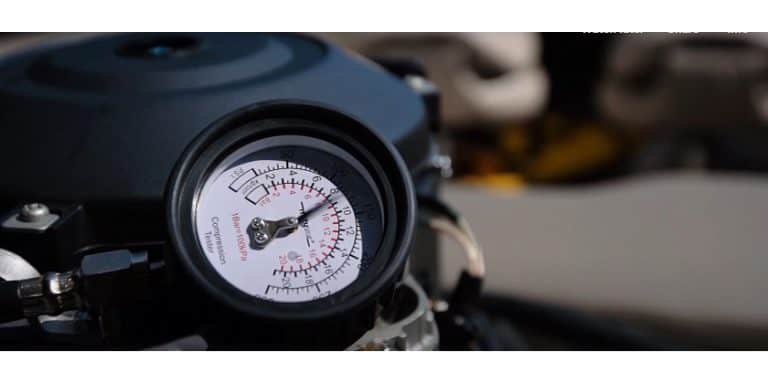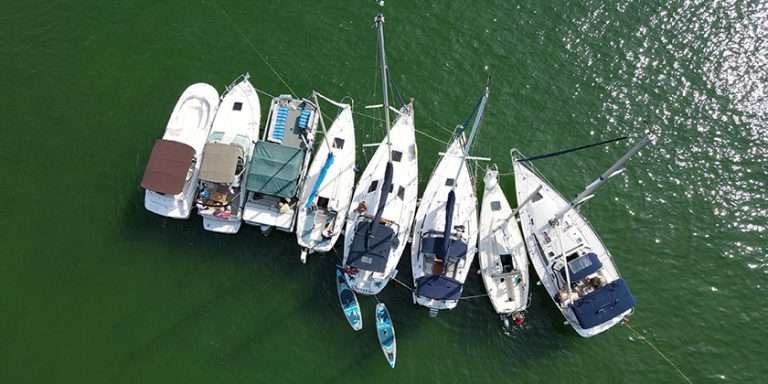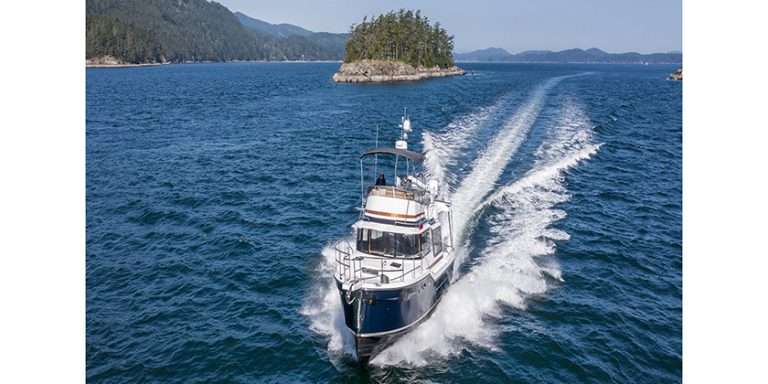Thinking of Becoming a Looper? Tips from a Looper who has done the Loop Twice
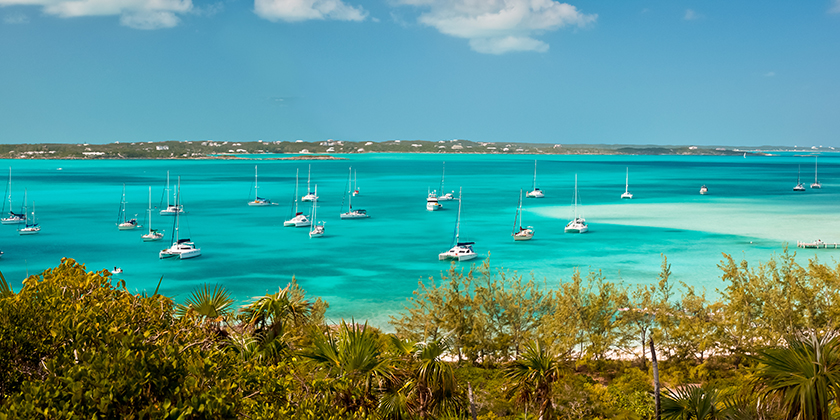
By Lynn and Pat Lortie
My husband Pat and I had always had the urge to head south when we retired. We heard about the Loop when a couple of our friends decided to do it. As Canadians, we joined the America’s Great Loop Cruising Association (AGLCA) for the wealth of information they have on their website. By the time our friends returned home, we were anxious to head out. They gave us chart books, trip logs and all the advice they had. Within a year we had retired, prepped our boat Adamant 1, rented out our house and cast off. We returned two years later, totally hyped up to do the Loop again. That dream became a reality 6 years later when we left once more, this time for 3 years, armed with a lot more knowledge than we had the first time. I think this will get you excited about being Canadians doing the Loop, and I will pass along suggestions about what you should do before leaving, what to expect on the trip, what worked for us and what questions to ask.
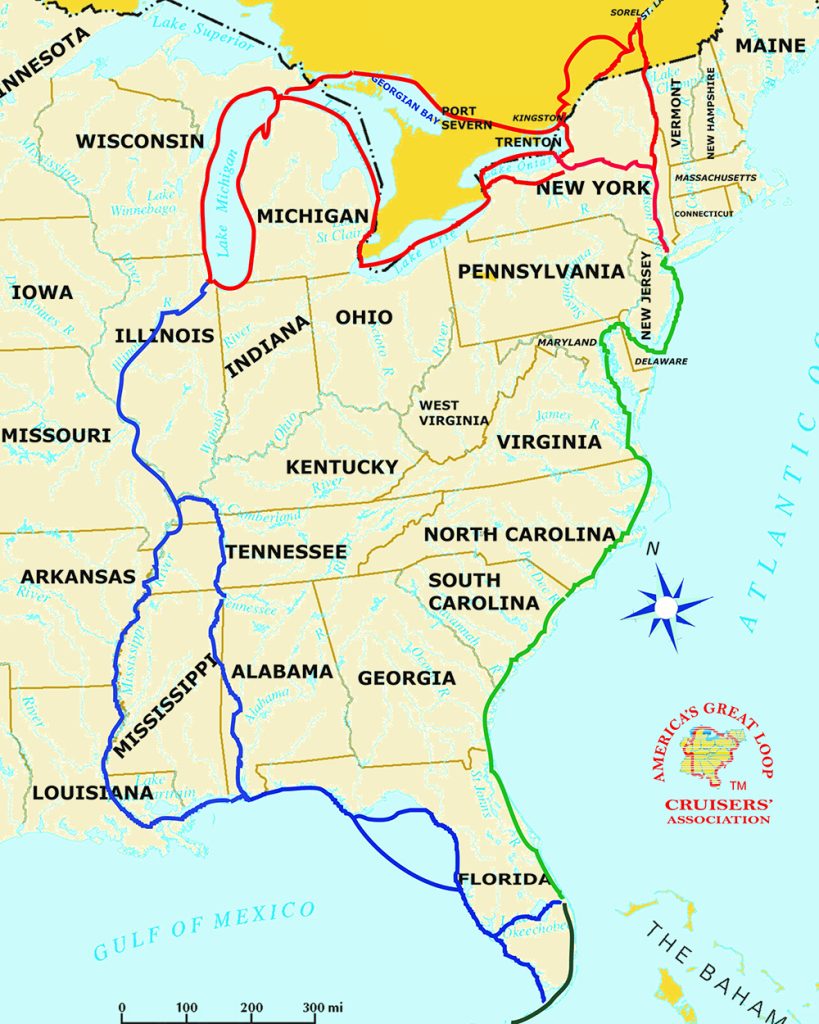
Insurance
A house sitter is a common way to have your home looked after while away. If you are renting out your house make sure your insurance company knows this. Let them know you have a property manager and even with that, quite a few insurance companies are not very excited about an absentee landlord.
Car insurance is another thing to check on before you leave. When we left on our second Loop we sold our car. We had a credit card that had car rental insurance but we found out later that because we didn’t own a car, we as drivers were not insured, just the rental car was insured. A quick call to our daughter and she put us on her insurance as occasional drivers.
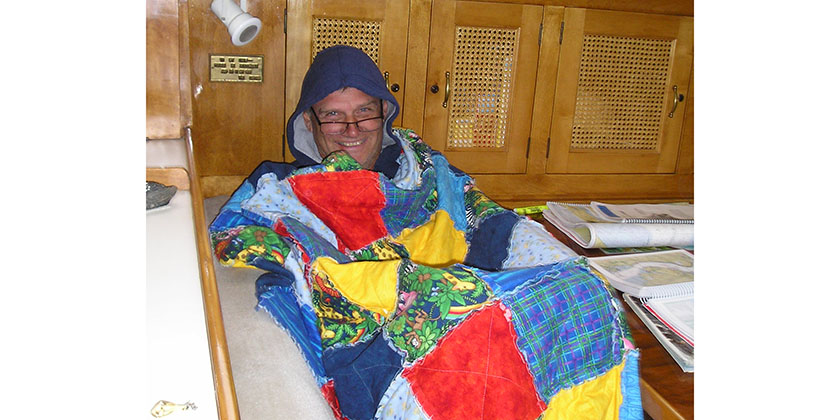
We put blue water coverage on Adamant 1 when we left. The insurance kicked in when we entered the river system in Chicago and switched back to freshwater insurance at Poughkeepsie in the Hudson River on our way home.
We took the 2-year out-of-country coverage that OHIP offered. We had our regular OHIP card replaced with an out-of-country card. That way if a claim came in while we were away, OHIP was aware we were out-of-country. When the card expired and we were home again, the card just reverted back to the regular system. There were no issues. When we went to get our travel insurance, the company we used wanted proof that we had applied for the new OHIP card as our insurance was going to be for 11 months. Without the new card, they could not issue more than the normal 182-days insurance. A lot of people get around this by coming home every few months for a week or two, thereby resetting their insurance clock. We had no plans to come home so we were happy with our decision. Everyone’s situation is different so look into whatever plan works for you.
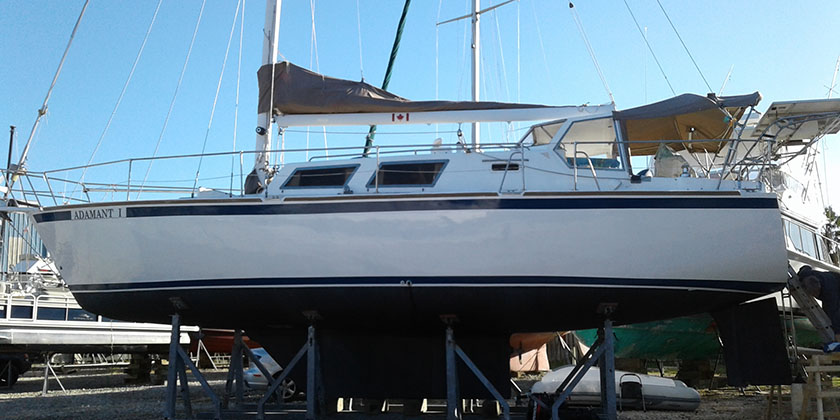
We took out tow boat insurance through TowBoatUS. The price was ridiculously low and the fact we needed to be towed twice certainly covered the premium. Our first tow was in the Tennessee River and would have cost us $1500 had we not had the insurance. The second tow was in Florida and was $450. I wanted to tip the towboat operator in Florida once we got tied up but the poor guy got Canadian dollars as we were just arriving from the Bahamas and didn’t have any US cash.
Things to do before you leave
Now that you have your insurances looked after it is time to think of more personal items. Pat and I set up powers of attorney for health and finance. The bank had a copy of everything and that came in handy when Pat lost his wallet in Chicago and our daughter had to get him a new debit and credit card.
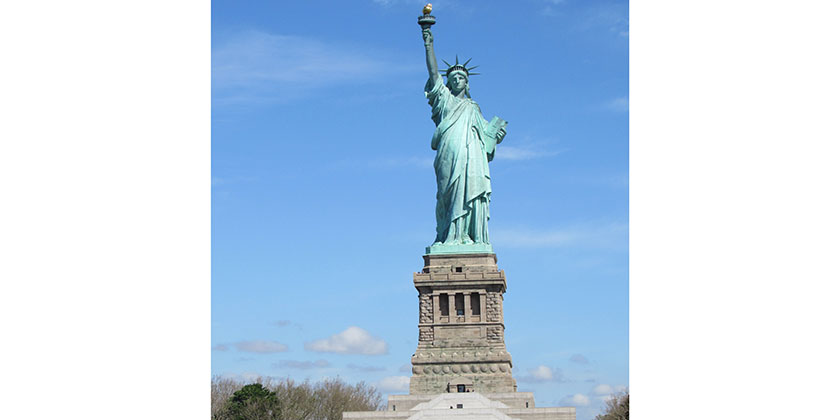
Photocopy everything in your wallet including your passport. When you leave the boat, take only the cards you need with you and leave the other cards with the photocopies hidden somewhere in the boat. We were able to rent a car using the photocopy of Pat’s driver’s license. Also, photocopy all the documents related to the ownership of your boat and dinghy.
It is also recommended that you register your boat with Transport Canada instead of a license. The license is good for Ontario but foreign countries including the US prefer to see a documented vessel’s papers. Any dinghy you take south should be licensed and a good thing to do is put the numbers on the bow on each side. Then do yourself a favour and get a decal of a Canadian flag (we used a stencil and painted ours on) and put it just in front of the numbers. You will be amazed at how your dinghy stands out from the 50 others all tied to the same dinghy dock! We also painted a Canadian flag on either side of our boom. Speaking of flags… take 3 or 4 extras with you. They wear out fast in the southern sunshine and I have actually given a couple out to boaters whose flags were in tatters.
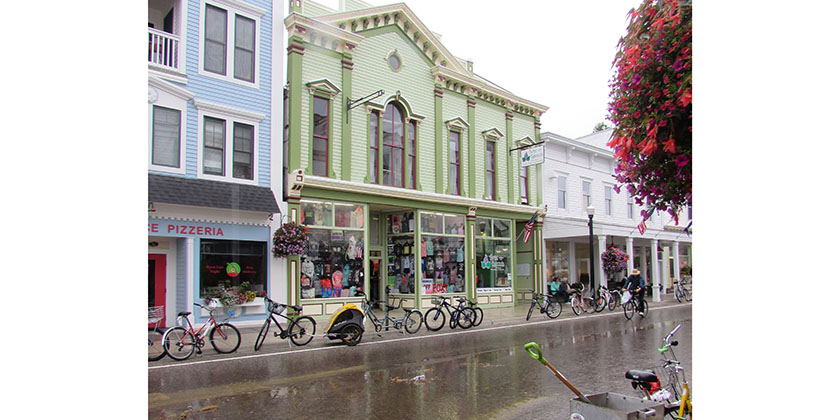
A good thing to have are “boat cards” to give away and a card book to store the ones you receive. Put your current info on it and include a picture of yourselves. Most people do and it’s a good way to put a name with a face when you meet them 2 months later! Get yourselves some XXL windbreakers/raincoats for riding in the dinghy. You will get wet on your way into town. There is nothing worse than getting to the dinghy dock ready to go grocery shopping and looking like a contestant in a wet t-shirt contest! Ask me how I know!! I also picked up a shoebox of stuff from the Dollar Store: pencils, erasers, pens, notepads and lanyards. Little stuff you can give away to small children you meet along the way, especially if you go to the Bahamas. A few other things we brought from home were a sewing kit, an extensive medical kit, a couple of favourite recipe books, lobster forks (try finding those in the Bahamas!), folding lawn chairs, cooler bag and backpacks, clothes for cold weather and a laser printer. The printer came in handy not just for us but for others who needed plane tickets or boat registrations printed. Bring some foldaway luggage. We had to make a 5-mile bicycle run to Walmart when we were ready to come home from Florida for the summer. We had loaded Adamant 1 straight from the house and forgot about needing luggage to get home!
Getting the boat ready
Besides the usual things you need on the boat, here are a few additional suggestions.
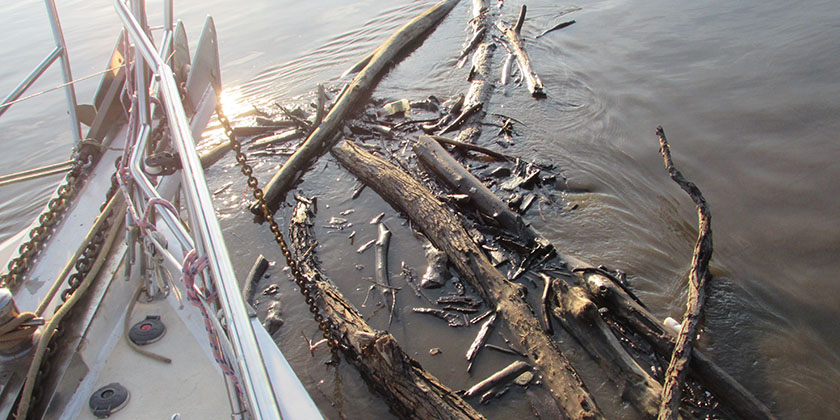
Automatic Identification System (AIS). We had a transceiver and loved it. Any boat, tow or ship that has AIS will show up on your GPS screen. You can see where they are, how fast they are going and whether or not your courses will cross. If we anchored in the river at night, we would leave it on so any tows coming could see where we were well in advance. We had loads of spare parts and oil filters, various anchors with chains, and large red inflatable fenders. They can be deflated after the river system and reinflated for the Erie and Trent Severn systems. Pat took an old broom handle and attached a small hook on the end that made it easier for me to grab lines that were hanging down in the locks. We also had lots of rubber gloves for handling those yucky lines and a knife on deck to cut any line that may get caught while the boat is in the lock. We had 2 pairs of binoculars, one for each of us. Then we weren’t constantly changing the focus when we needed them. We also invested in a good spotlight. Get paper charts, chartbooks and The Ports Guides. Your GPS will go down and will need to be rebooted at the worst time. WE KNOW! Invest in the Skipper Bob books. They are worth the small bit of money they cost for the information they contain. I used them as part of my logbook.
Heading Out
Get to know your boat and both of you need to know how to dock and how to anchor. Trust your partner – your life could depend on what he or she does. Throw out the schedule. It adds stress. Keep a diary and logbook. Both come in handy during the trip and for years after. Be prepared for Plan B and C. Always have a second anchorage in case the first one isn’t suitable or is full, (on occasion full of debris!) There are times when you will need to squeeze between the lock wall and a tow. You will make it, trust the lockmaster. Just have an emery board handy to fix the fingernails you chewed while it was happening! Meeting tows for the first time is scary, but it will soon become just another day. The tow captains are great guys and enjoy talking on the radio. They were happy to answer any questions we had. There will be fog and wind. Fog, you have to wait out but wind isn’t a bother as the river isn’t wide enough for waves to build up. The rivers will rise if there is a lot of rain. It will get cold some days so bundle up. It will get warmer. Most marinas have laundry, showers and loaner cars for shopping.
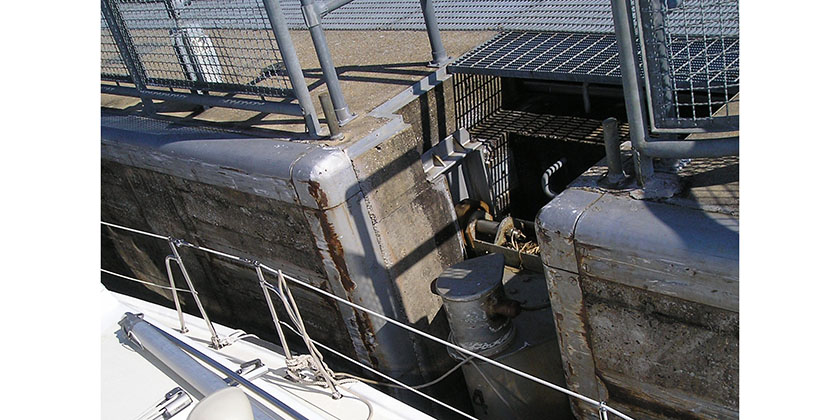
In the river system, occasionally the lock operator will ask for your boat info. I didn’t figure this out until the end, that as we entered a new state, they were checking us in. Once out of the river system though, we as Canadians with a cruising permit, must call in every time we move to another port. This becomes a painful exercise having to do this every day. The US now has a new check-in system called ROAM. Once you are set up with the app you can check in daily on that app instead of having to make a phone call to a cranky overworked officer who doesn’t know why you are calling. I had that question more than once. If you must call, get his badge number.
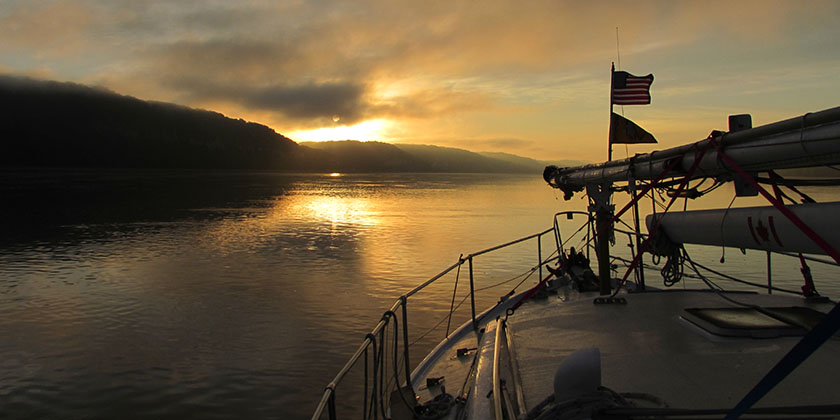
Final thoughts
Have a “go no-go” system. If there is no schedule, waiting a day for the weather to calm down won’t mess anything up. Guests coming to visit can choose when or where, but not both. Tides start in Mobile. Be aware of your keel, the state of the tide and the depth of where you are going to set the anchor. Look around and spot the eagles and herons, the wild boars and the deer on the riverbanks. Watch for dolphins! The scenery is amazing for most of the trip and the people you meet are the best part. The satisfaction of doing the trip, being self-sufficient and conquering occasional fears makes it all worthwhile. My favourite line is, “we visited 26 states including the states of panic and confusion”.
The boat will never be ready, you will never have enough money, and the time will never be right. Just go. Cast off the dock lines and head out.
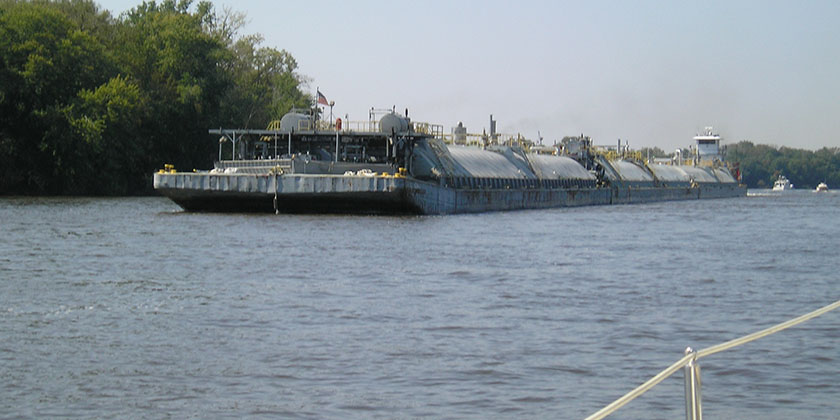
Canadian Boating reached out to The Great Loop Facebook group to ask the best advice to give someone looking to embark on the Loop. Click here to check out more advice from past and present Loopers!
